Adventure School participates in the Amazon Services LLC Associates Program, an affiliate advertising program for sites to earn advertising fees by advertising and linking to amazon.com
Fear of heights can keep you from venturing into amazingly beautiful places. Fear of heights also impacts women twice as often as men. The goal of this article is to help you overcome your fear of heights and get out there in the wild.
Fear of height vs fear of falling vs acrophobia
These aren’t the same, although there’s definitely a spectrum and overlap of symptoms. Let’s look at each one separately to start.
Fear of heights
A general fear of heights is a widespread and common condition many people come up against in their adventures. A basic fear of heights experienced as anxiety when in exposed situations is normal. It’s a survival mechanism that’s developed within us as our ancestors evolved and survived dying from falling off cliffs.
Fear of heights manifests itself with an anxious feeling when exposed to a vertical drop – whether you’re near the edge or not. Just thinking about being exposed to a high position can trigger your fear. You may get sweaty palms, rapid breathing, and have difficulty getting close to the drop. You may also get a bit shaky, feel paralyzed or what climbers call “gripped”. If your fear of heights is severe (see acrophobia below), you may have a full-blown panic attack, get vertigo, and be unable to move from your position.

Fear of falling
Fear of falling (basophobia) is what most people who say they have a fear of heights are experiencing. Fear of falling is different than fear of heights. Sweaty palms and rapid breathing and heart rate when looking out the window or from the balcony of a high-rise hotel is a good example of a fear of heights. The risk of falling is almost nill, but those with a fear of heights will still feel anxiety just at the sight of being high off the ground.
Fear of falling manifests when you’re on top of a cliff or edge and get that nervous pit in your stomach. You’ll protect yourself by staying away from the edge or holding onto something secure. You may not be able to get too close to exposed positions and may not be able to complete various adventure activities without being overwhelmed with panic. Fear of falling is the most common fear while at heights and is a natural survival mechanism that keeps us all from falling off a cliff like the Dodo birds in Ice Age.
Acrophobia
Acrophobia is a severe and clinically diagnosable anxiety condition that can be crippling. Even standing on a chair or climbing a step stool can cause someone with true acrophobia to have a panic attack. Most of us (only about 2%) don’t have severe acrophobia or we’d never be able to stay anywhere but the ground floor of a hotel.
True acrophobia isn’t common in people who venture into the outdoors since there are so many situations that may trigger the phobia. If you suffer from acrophobia to the point where you can’t even look at the pictures on this page without feeling uneasy, go check out this article.
Why it matters
I started Adventure School with the goal of getting more people out on adventures in the outdoors, but one thing that keeps people from enjoying hiking, biking, climbing, canyoneering, skiing, or many other exciting adventures is a fear of heights or a fear of falling from those heights. Take Angel’s Landing in Zion National Park, for example.

I’ve been on that hike countless times and know many people who wouldn’t dare hike out along the ridge to see the incredible view from the top. They’re too scared of the exposure. It’s a shame (although the traffic up there isn’t fun and we don’t need more). I want all those people to be able to see what I’ve seen without a full-blown panic attack ensuing.
I did find myself a bit scared on this Angel’s landing hike one time when I was leading a group of youth who were playing around a bit more than I was comfortable with.
I did not want to be the youth leader who didn’t bring home all the boys and that thought scared me silly!
What it looks like
Typically, when people struggle with fear of heights they’ll just avoid engaging in activities that may trigger them. We asked a couple to go on a rock climbing date with us and they said “Nope! We would rather not show our weak frail selves to you on a date as we shudder with fear and paralysis.”
Unfortunately, this happens to too many people. Avoiding activities that are totally safe if done properly leads to a boring life. Sure, you can watch other people rock climb like Alex Honnold in Free Solo and still get a sense for it, but, don’t let a fear of heights keep you from living a fulfilling and adventurous life!
Fear of heights can also cause you to tell yourself that activities involving heights of any kind are just no fun. That’s a lie that will keep you earthbound for sure, but will also limit what you get to experience and enjoy.
If my wife Alicia, or my daughter Taylor know they’re being limited at all, they’ll push back fiercely, but that’s a different story.
Keep reading if you don’t like the idea of limiting yourself on a false premise.
How to reduce fear before your adventure
The best time to work on your fear of heights is before you get outdoors. If you want to adventure anywhere that may make you nervous like this place:
Read more about this adventure to the top of the Pfeifferhorn here.
As with all adventuring, the key to success is proper preparation.
If you’d like to plan a trip to somewhere like the Fjords of Norway, but fear you’ll panic before you get 50 feet from the edge, the first step forward is to prepare in advance. Begin by visualizing your adventure both with pictures and mentally.
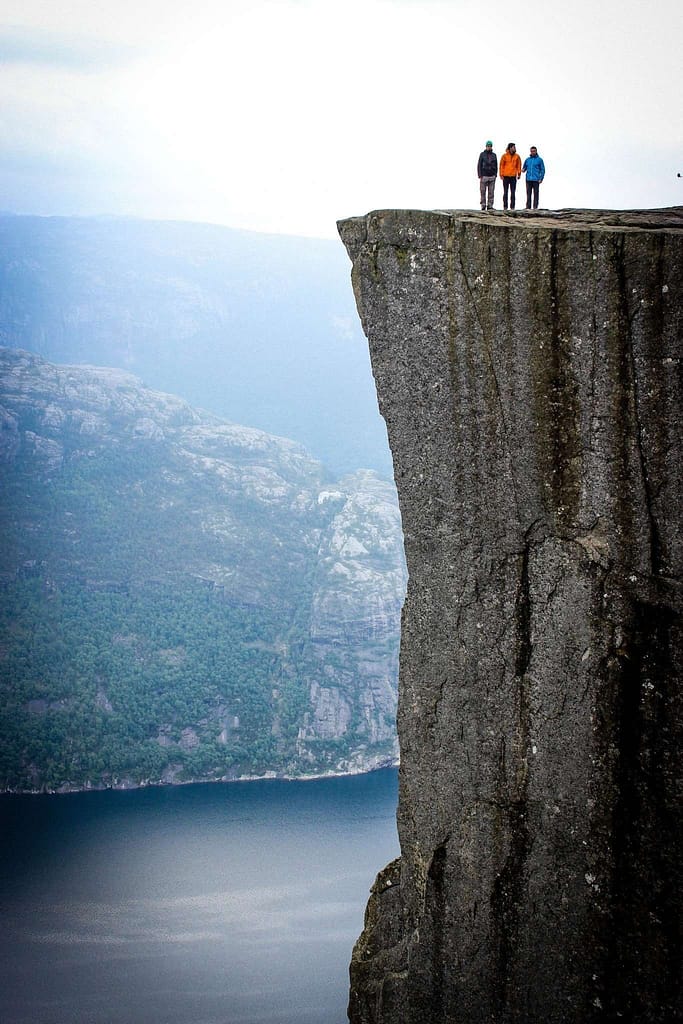
-
 VR Headset$129.98
VR Headset$129.98
Place pictures of your destination as your computer or phone background or post them in prominent places you’ll see frequently. This will help you get used to seeing the place and become more comfortable and acclimated to it. Close your eyes and visualize yourself walking out toward the edge and safely executing whatever activity you plan to engage in.
This technique can be augmented even further by using a VR headset and exploring a location virtually. This will keep you from panicking and prepare you for the real deal.
Work on keeping calm and controlling your anxiety. If you can complete the adventure in your mind, you can do it in real life!
Exposure therapy
This form of therapy where you put yourself in increasingly scary situations is called exposure therapy. It works. Even small doses of VR exposure will help you, but as you gain control of your emotions while being virtually exposed to heights is helpful, you need to increase the exposure to get the most gains.
As your confidence increases find places like the local playground, a walking path with a ledge, or a local bridge where gradually increasing heights exist in a safer environment. Find somewhere that makes you nervous enough, but doesn’t paralyze you with fear. Find regular time to expose yourself to these spots until you can more easily manage the fear.
Focus on enjoying the experience. Take in the view, take in the sights from up high and don’t focus on the fear. Don’t tell yourself you’re afraid of heights. As you progress, you’ll be ready for adventures like this one.
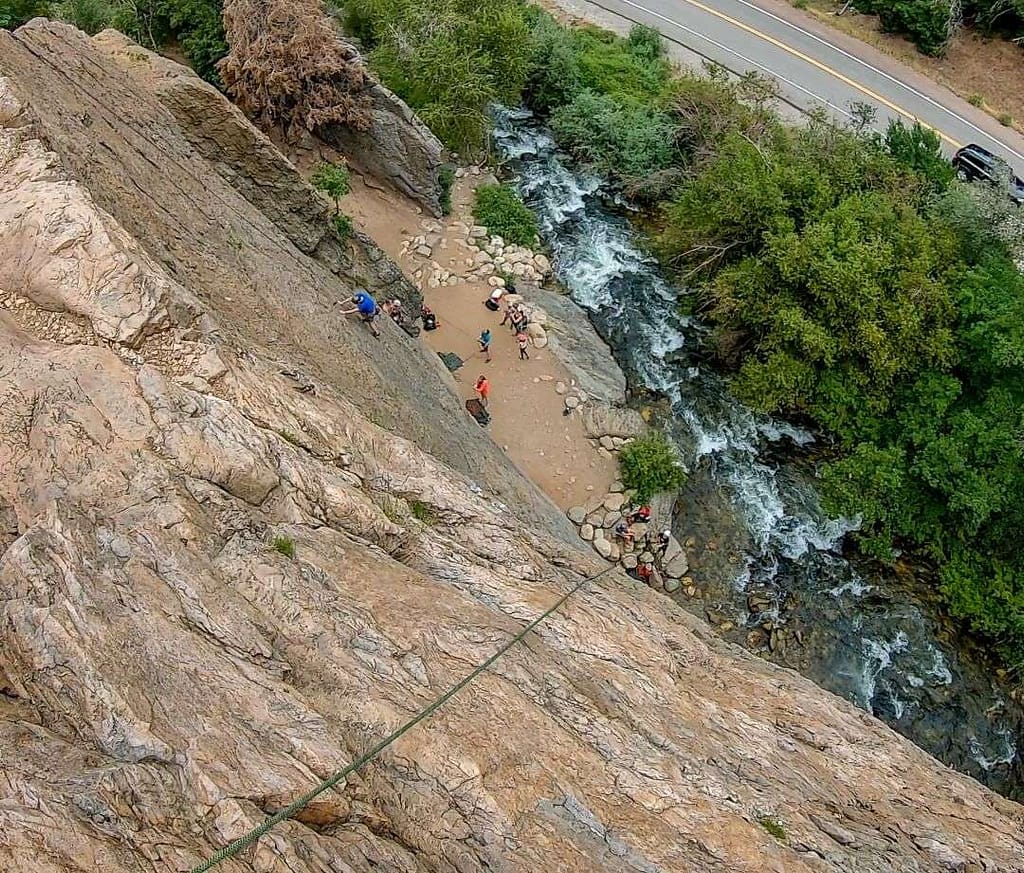
How to overcome fear of heights while on adventures
If you’ve done the pre-work to manage your fears before your big adventure, you’ll be in a much better place when you actually get out on your adventure. That doesn’t mean you be free of all worry and anxiety. Here are a few steps to keep your adventure moving forward.
- Take it slow. Don’t expect that you’ll be totally worry-free. Only move at a pace that’s manageable by you without going into panic mode. Focus on your breathing and enjoying the experience, not your fears.
- Visualize success. Just like we discussed in pre-adventure prep. While you’re out there on that skinny bridge, picture yourself walking confidently across and landing safely on the other side. Keep yourself moving forward in your mind’s eye and you’ll be better able to do it in reality.
- Breathe! Any time we get tense or nervous, we tend to hold our breath. It’s a natural thing to do, but it doesn’t help! When you get anxious, lack of oxygen can make things much worse including making you dizzy and even making you pass out. When you feel the tension come on, think “Breath!” and focus on breathing with deep belly breaths.
When you get out on any adventure that triggers your fears, the main thing to focus on is to handle whatever you’re comfortable with. Don’t push yourself too far or be too hard on yourself. Fear of heights can be debilitating
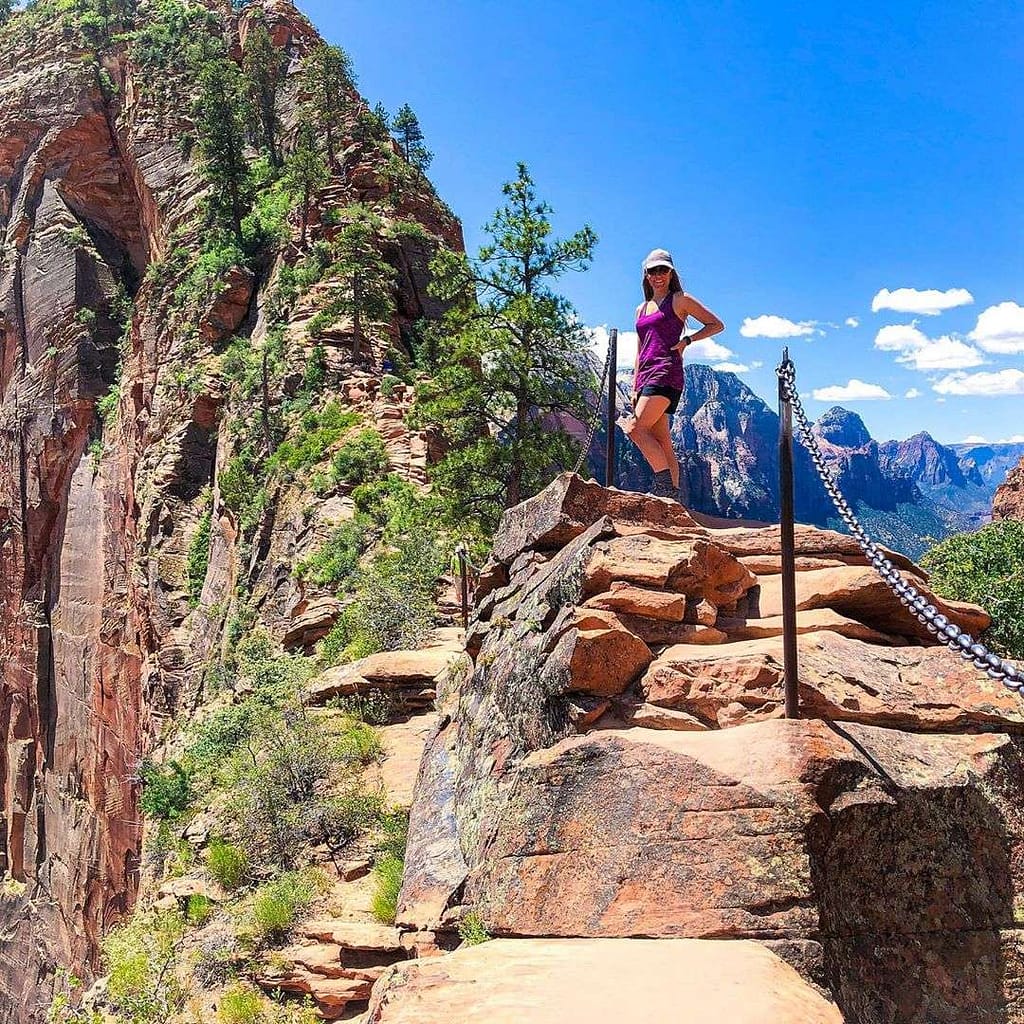
Conclusion
As a final tip, don’t be too hard on yourself! Give yourself time to overcome your fears. Work on them and focus on improving them, but don’t beat yourself up if you choose not to step out on that ledge. At the end of the day, you’re doing the best you can and getting out there on adventures.
Share your story of overcoming your fears (heights or otherwise) in the comments below to help other readers find inspiration on their own journeys.
And if just looking at the pictures in this post made you grimace, don’t lose hope, work at it and you’ll be able to conquer your fears and adventure wherever you choose.


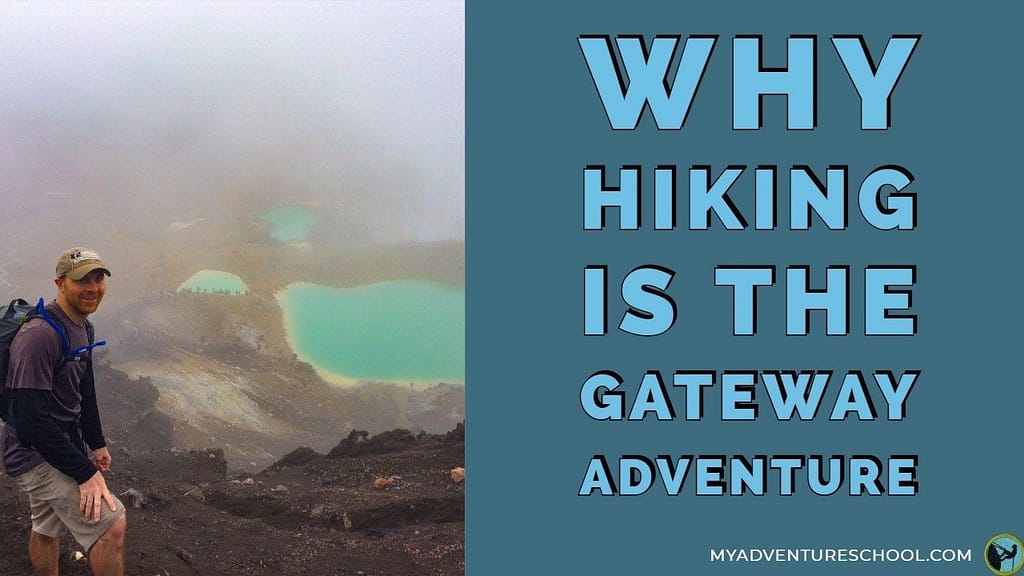
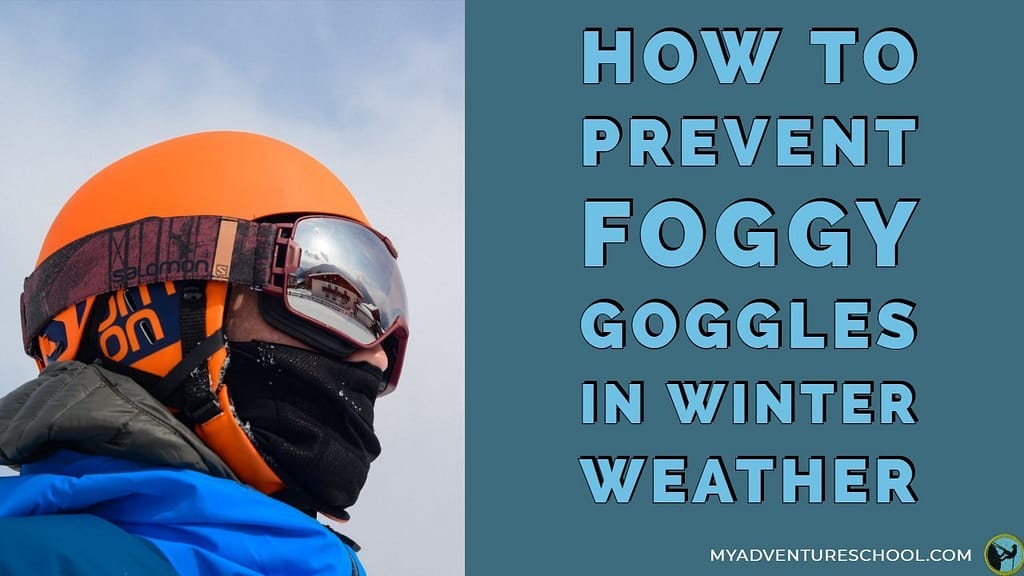
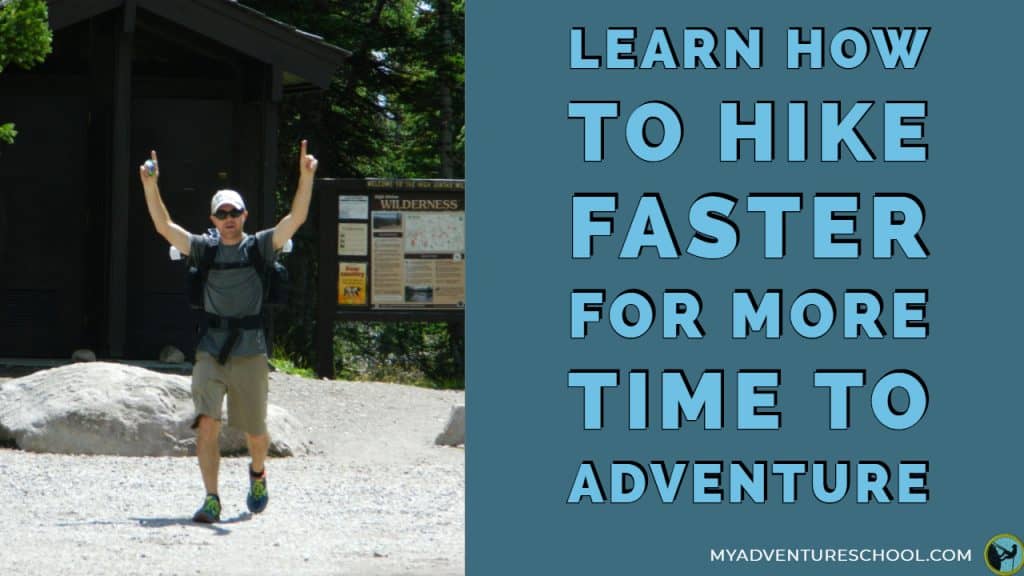
Appreciate the recommendations here. I’ll have to try them out so I can enjoy more activities involving heights.
Glad to hear the post is helpful. Let us know how you do after implementing some of these things.